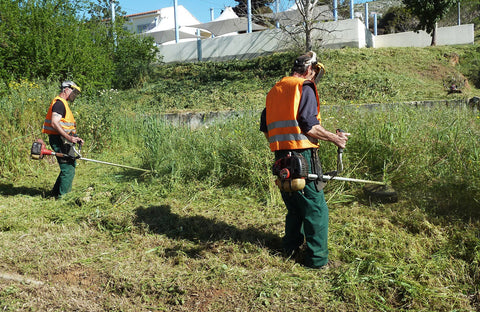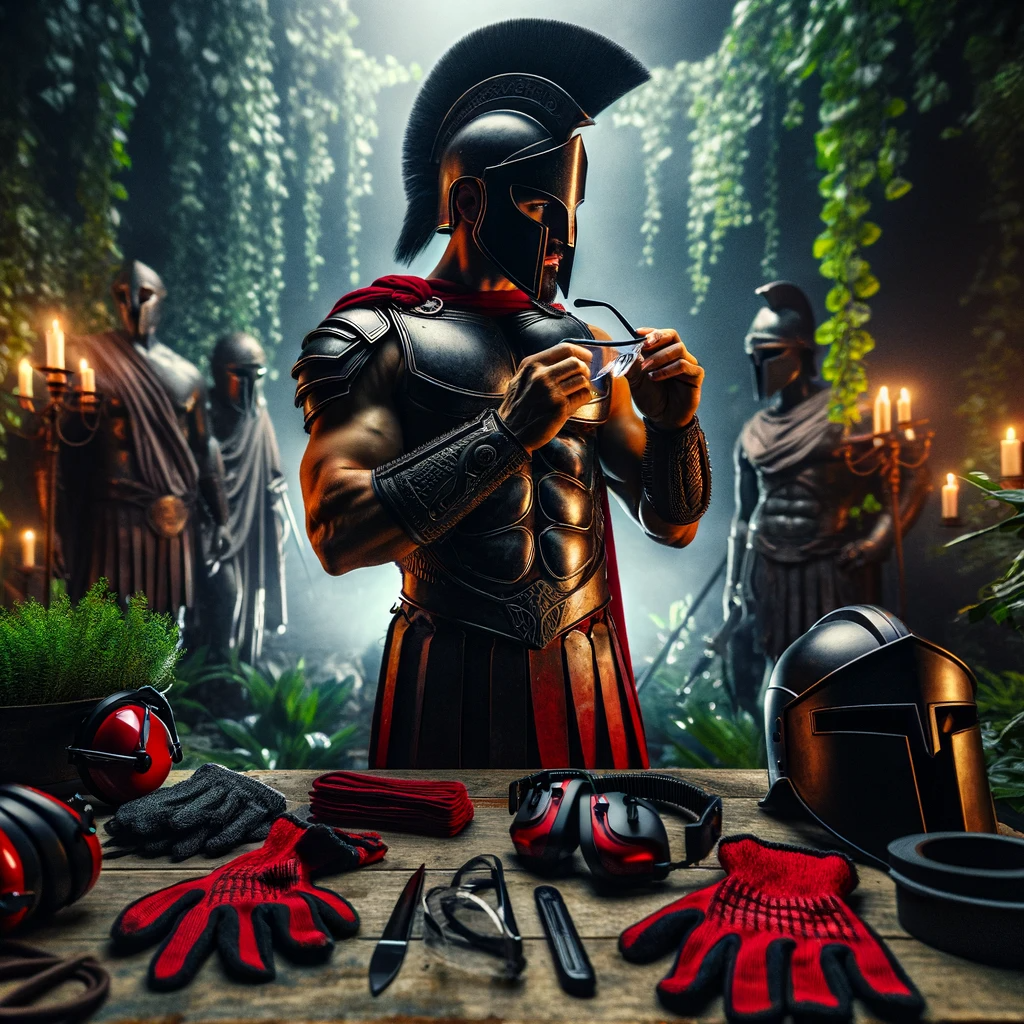In the symphony of garden maintenance, the whipper snipper plays a vital role, but it's a tool that demands caution. Safety in its operation transcends mere procedure; it's an ethos that every gardener must embrace. This comprehensive guide delves deep into the essential safety measures necessary for whipper snipper use. It's not just about avoiding mishaps; it's about fostering a safe gardening environment where both the user and the tool can perform optimally.
As you navigate through the whirr of the blades and the buzz of the engine, let this guide be your companion in ensuring that safety is not an afterthought but a fundamental aspect of your gardening practice. With the right knowledge and tools, you can transform your garden into a haven of beauty, all while ensuring the safety of yourself, your loved ones, and your cherished green spaces.
Safety Precautions

In the realm of power tools, the whipper snipper stands out for its efficiency, but with great power comes the need for responsible handling. Here’s a closer look at the essential safety measures to ensure accident-free operation.
1. Personal Protective Equipment (PPE)
Comprehensive Protection: PPE is your first line of defense. It's not just about wearing these items; it's about choosing quality gear that will offer real protection.
-
Safety Glasses: Opt for glasses with high-impact resistance and side shields for maximum protection against debris.
-
Hearing Protection: Consider the noise reduction rating (NRR) of earmuffs or earplugs. Prolonged exposure to loud noise can lead to irreversible hearing loss, making this a critical aspect of your safety gear.
-
Protective Footwear: Shoes should not only be closed-toe but also have puncture-resistant soles, offering protection against sharp objects and providing stability on uneven terrain.
-
Durable Clothing: Long, thick pants and long-sleeved shirts add an extra layer of defense, reducing the risk of cuts and abrasions from flying debris.
-
Gloves: Choose gloves that offer both protection and dexterity, ensuring a firm grip on the whipper snipper without sacrificing safety.
2. Handling Fuels and Oils Safely (Gas-Powered Models)

Mindful Fuel Management: Handling gasoline requires vigilance and an understanding of its volatile nature.
-
Appropriate Storage Containers: Utilize containers specifically designed for gasoline, adhering to safety standards and equipped with flame arrestors.
-
Mindful Refueling: Always refuel in open, well-ventilated areas. The vapors from gasoline are heavier than air and can travel along the ground to ignition sources.
-
Environmental Considerations: Be aware of the environmental impact of gasoline. Use funnels or spill-proof containers to prevent soil and water contamination.
3. Avoiding Common Injuries
Strategic Operation: Knowing how to avoid injuries goes beyond the equipment; it's about understanding the tool’s power and respecting its capabilities.
-
Environmental Awareness: Keep an eye out for hidden hazards like holes, roots, or hidden debris, which can cause slips or sudden jolts.
-
Proper Handling Techniques: Learn the correct stance and grip. Balance your weight evenly and keep the whipper snipper close to your body for better control.
-
Blade and Cutting Head Safety: Regularly inspect and maintain the cutting head. A damaged or imbalanced blade can cause excessive vibration, leading to fatigue or loss of control.
-
Navigating Slopes Safely: When working on slopes, move across the slope, not up and down, to maintain balance and prevent slips.
-
Recognizing Fatigue: Fatigue can dull your awareness and reaction times. Regular breaks, staying hydrated, and knowing when to call it a day are crucial for safe operation.
As you return your whipper snipper to its rightful place after a day’s work, let the satisfaction of a job well done be complemented by the assurance of having worked safely.
This guide serves not just as a set of instructions but as a manifesto for safety in the world of gardening. By adhering to these protective measures, you ensure that every trimming session ends as it should – with a well-maintained garden and an unscathed gardener.
After mastering safety measures, enrich your knowledge further with our detailed maintenance guide, ensuring durability in every use. After mastering safe operation, discover how our range of garden equipment can further elevate your gardening experience.
Let this guide be your constant companion, a reminder that in the world of gardening, safety is always first.

